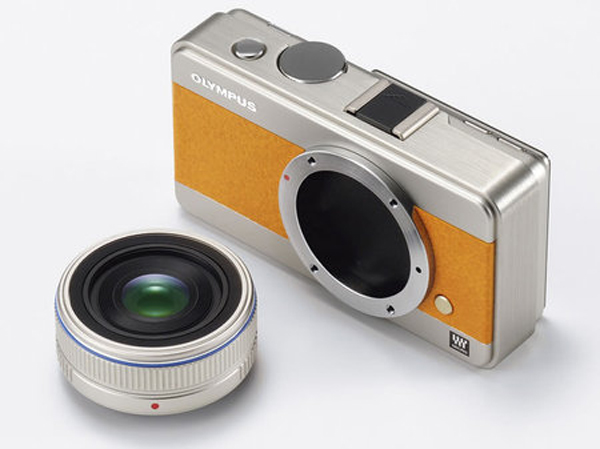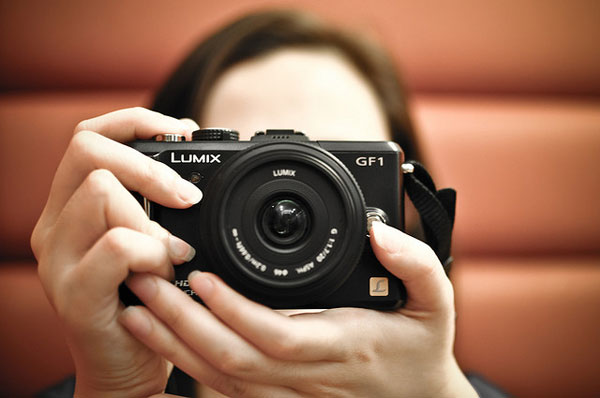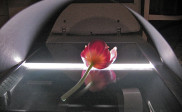The Micro Four Thirds camera
The Micro Four Thirds system was announced in 2008, it’s a standard created by Olympus and Panasonic. Micro Four Thirds camera has characteristics that can be found on compact or point-and-shoot cameras and digital SLRs. It has the size and convenience of a point-and-shoot camera as it is smaller and less bulky compared to digital SLRs. But what’s so amazing about the Micro Four Thirds system is its flexibility with regards to changing lenses. Unlike most point and shoot cameras Micro Four Thirds system allows users to manually control focus and exposure settings such as ISO, Aperture and Shutter Speed. Micro Four Thirds cameras also have a hot shoe where users can mount and attach their flash units.
Micro Four Thirds cameras of MFT are also called Mirrorless Cameras. The reason why Micro Four Thirds are smaller than digital SLRs is that they do not have mirrors like the digital SLRs and SLRs. The purpose of the Micro Four Thirds system is to lessen the hassle of having to carry big and bulky cameras like the digital SLRs, while still having the ability to produce high-quality images.

Photo by: momentimedia
Besides being smaller and lighter, the Micro Four Thirds camera also allows its users to use the LCD viewfinder when taking videos. Most photographers and videographers find it easier to take photos and to film when using the LCD viewfinder. Micro Four Thirds cameras also enable its users to film in HD.
Another good thing about Micro Four Thirds cameras is that they have continuous auto focus that can be used in both taking images and filming videos. What’s more exciting about Micro Four Thirds cameras is that different digital SLR lenses can be mounted and used with it through an adapter. If you have friends willing to lend you their lenses, all you have to do is buy an adapter and attach it to your Micro Four Thirds camera.

Photo by: jeyp
Though it’s an almost all-in-one camera that comes in a small and lighter packaging, Micro Four Thirds cameras do not possess all the good characteristics of digital SLRs. Digital SLRs surpass the ability of Micro Four Thirds to shoot at high ISO. Micro Four Thirds cameras are more prone to noise, thus faster lenses are more advisable to use when shooting in low light. Another drawback of the Micro Four Thirds camera is that it consumes more power because it requires users to use the electronic viewfinder or the LCD when shooting and filming, while digital SLRs only use the LCD screen in live view mode, when previewing shots and controlling the settings.
But despite these disadvantages more and more people are embracing this new system. Besides Panasonic and Olympus, many other manufacturers are joining the bandwagon as well, producing more and more Micro Four Thirds cameras. Some Micro Four Thirds cameras cost as much as an entry level digital SLR, such as the Nikon D3000. Having the ability to produce not only high-quality images but also nice and crisp videos minus the heaviness and bulkiness, the Micro Four Thirds camera is your next best choice when you’re upgrading from a point-and-shoot camera.
Here are links to some Micro Four Third cameras available in the market:
- Panasonic Lumix DMC-GF3 12.1 MP Micro Four Thirds Interchangeable Lens Digital Camera with 3-Inch Touchscreen and 14mm F2.5 ASPH Lens
- Panasonic Lumix DMC-GF1 12.1MP Micro Four-Thirds Interchangeable Lens Digital Camera with LUMIX G 20mm f/1.7 Aspherical Lens<
- Panasonic Lumix DMC-GH2 16.05 MP Live MOS Interchangeable Lens Camera with 3-inch Free-Angle Touch Screen LCD and 14-140mm HD Hybrid Lens (Black)
- Olympus PEN E-P1 12.3 MP Micro Four Thirds Interchangeable Lens Digital Camera with 14-42mm f/3.5-5.6 Zuiko Digital Zoom Lens (Silver Body/Black Lens)
- Olympus PEN E-P2 12.3 MP Micro Four Thirds Interchangeable Lens Digital Camera with 14-42mm f/3.5-5.6 Zuiko Digital Zoom Lens and Electronic View Finder



